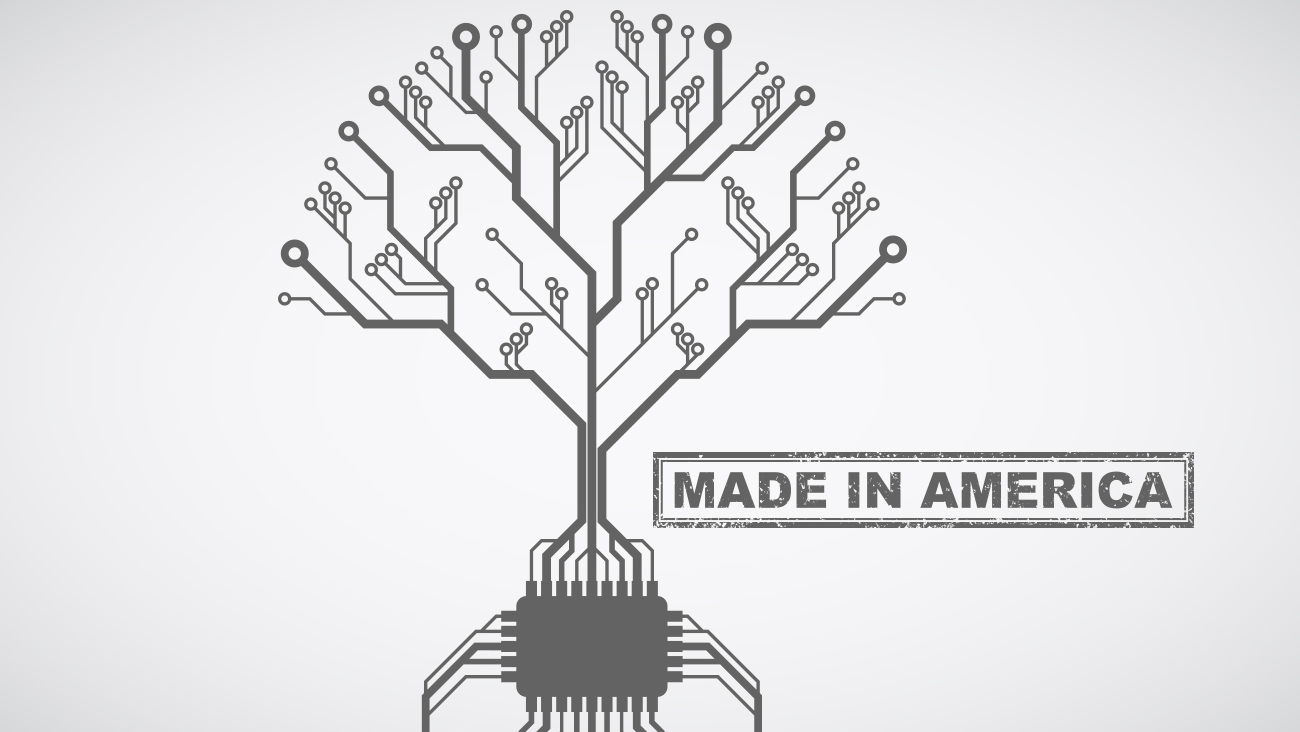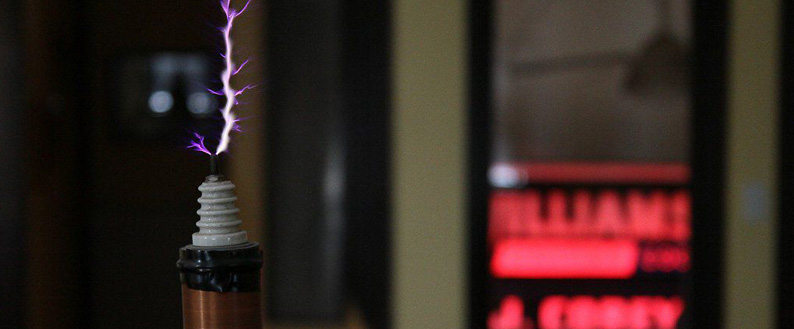More Good News and Good Ideas for US Manufacturers

In our last blog we celebrated December as "Made in America" month and cited the fact that manufacturing, especially high-tech manufacturing, is headed back to the U.S.
We listed the reasons for this turnaround: higher offshore wages with Chinese wages climbing at 15 to 20 percent each year; lower U.S. energy costs; a higher degree of American skilled labor; fewer transportation and supply chain issues; U.S. tax incentives; collaboration and innovation opportunities including economic development programs, regional universities/colleges/technical institutes/research centers, rapid prototyping labs, industry certification programs and workforce training incentives.
In this blog I'd like to continue the discussion with other ideas and perspectives regarding American reshoring that involves the continued commitment to embrace the future.
Key Focus: Rebuilding Electronic Manufacturing
In an article entitled "The Return of Manufacturing to the U.S.: Fantasy or Reality?" by John MacWilliams for Connector Cable Assembly Supplier, Mr. MacWilliams states that a main focus of our U.S. economic agenda must be on rebuilding high-volume/low-cost electronic manufacturing, where thousands if not millions of jobs have been lost to offshoring?particularly in strategically important technologies and their supply chains.
He goes on to say that this issue is as much about jobs as it is about international competitiveness. The rationale is that a truly effective movement to rebuild domestic electronic manufacturing equates to lower trade deficits (or surpluses) via export of products that are manufactured locally:
"A stubborn U.S. trade deficit means the U.S. Treasury must make up its deficit through international currency transactions. Our year-to-date deficit with China in August of 2015 was $237 billion. Annualized, that amount would buy health insurance for 75 million people, or all of the computer industry, and equals more than 100% of domestic semiconductor industry revenues."
It Takes a Vendor
While a single brand could bring back thousands of high-volume/low-cost component manufacturing jobs, a focus here at Strand is supporting the thousands of small to medium size tech brands in the U.S. Our observation is that these manufacturers are ensuring the value in domestic engineering and manufacturing through continuous innovation. They’ve learned that as OEMs develop a taste for disruptive and innovative technology?and the value it brings to their bottom line?high volume price-driven components are inherently reduced in volume to reasonable levels whereby domestic production can be an option. As new models of “Product X” get rolled out with increasing speed, the Bill of Materials (BOM) lists are changing just as fast. This is a good thing when quality and innovation are keys to a design.
The Importance of a Government Role
Mr. MacWilliams also mentions the importance of the U.S. government’s role in enabling the country to be globally competitive. They simply need to reduce onerous regulations and make it easier for companies to repatriate foreign earnings to invest in new manufacturing. If we can convince CEOs to get onboard, a responsible government move would be to take in the big picture with regard to ensuring the country's fiscal health.
U.S. electronics companies have made great strides in advancing their global market—the 2014-15 Competitiveness Report lists the U.S. as improving from the seventh or eighth spot in the international competitiveness index to third—BUT we rank 33 in best business taxes.
The new Trans-Pacific Trade Pact, if ratified, might help the situation tremendously by reducing or eliminating tariffs subject to U.S. exports. But questions remain about impact on U.S. jobs and wages. (We'll be following this issue closely and blogging about it further in upcoming posts.)
With a presidential election year upon us, all of these issues MUST be part of the discussion.
Now Hiring: Chief Credo Officers
CEOs at OEMs must dictate change. Period. When do we want it? Now. How are we going to get there? Marketing. Regional manufacture and exportation of finished products will only improve if CEOs at these companies have the gumption to do so. The bottom-line driven business advantages have to be packaged and sold along with the branding and cultural effect of jumping on the Made in America movement again. Without CEO and boardroom buy-in, we’re dead on Plymouth Rock.
So join the effort. CEOs take charge. Do what you can to spur the movement. You can seek support from many sources, including regional economic development programs; collaboration and innovation opportunities with universities, colleges, technical institutes, and research centers; and existing tax and workforce training incentives. Quality will improve, shipping costs and travel related expenses will go down, employees with families will be happier, and it can be a catalyst to a cultural shift your company may need in order to compete in the future.
If I can make a connection, I'm happy to help. Just drop me a line.
This blog is another in our continuing series for B2B high-tech and industrial manufacturers. We hope they’re helpful in your effort to stay informed of the future trends, technologies, and practices that will drive change for your company.





